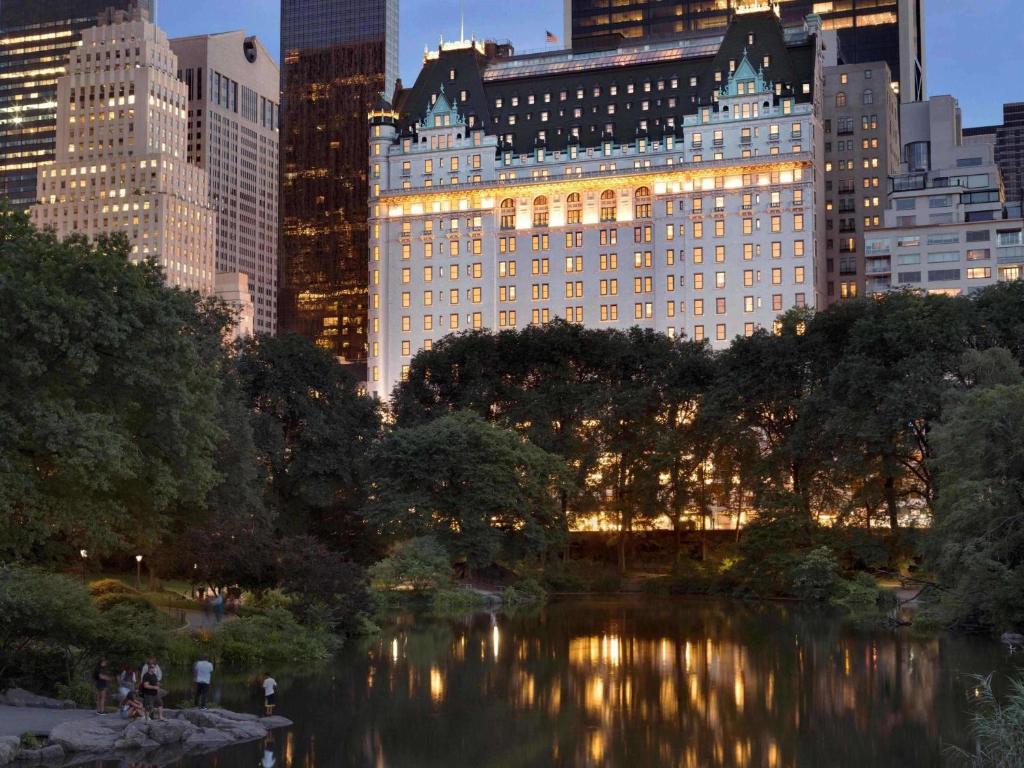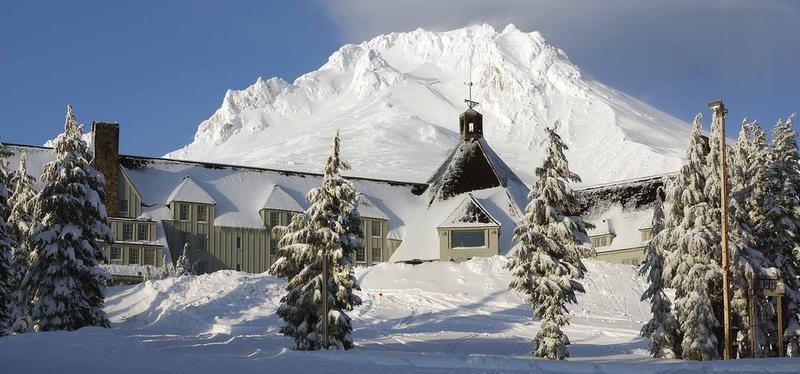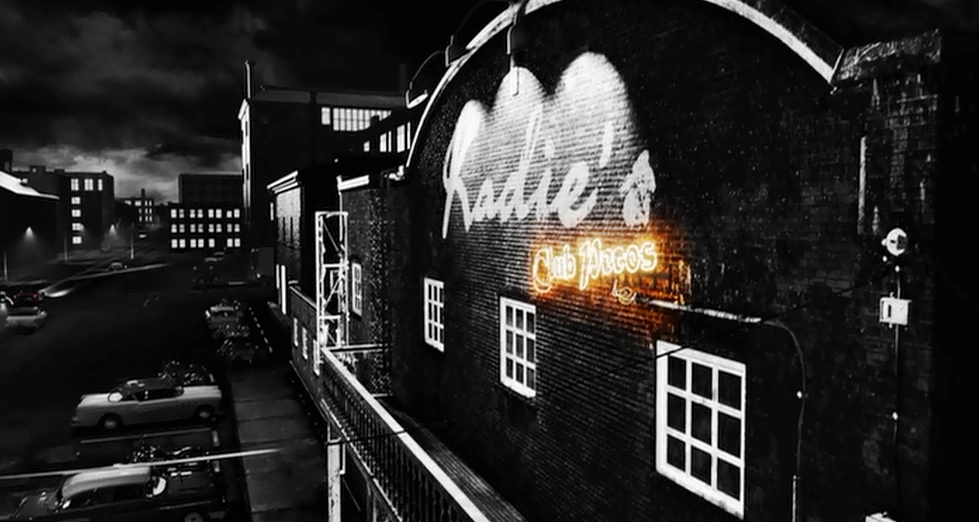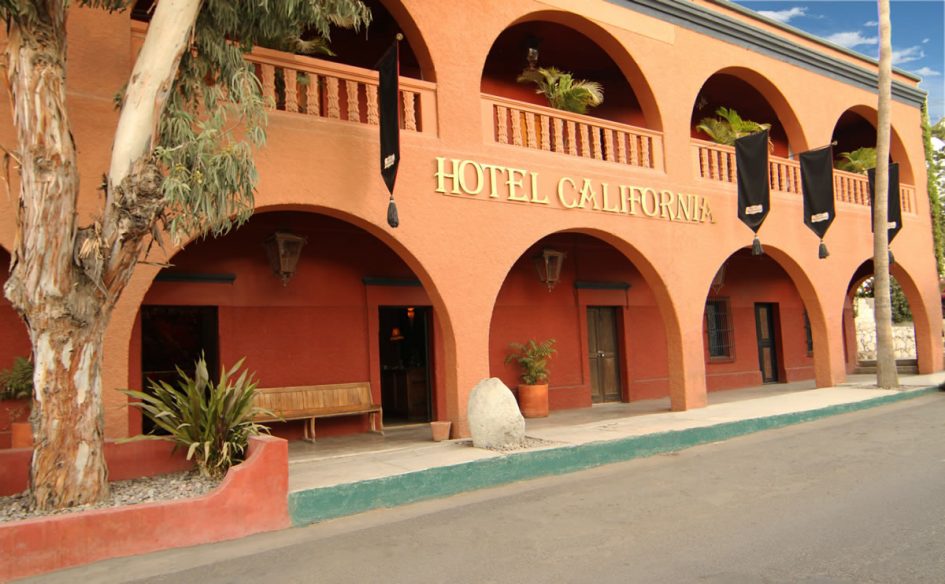Hotels have long been a staple in popular culture, capturing the imagination of audiences through music, movies, and literature. They often serve as more than just a backdrop, becoming characters in their own right, each with a unique story and personality. In this article, we delve into some of the most famous hotels, real and fictional, that have left an indelible mark on popular culture.
1. The Eagles’ “Hotel California” The Hotel California from the Eagles’ classic song is perhaps one of the most famous fictional hotels ever conceived. Released in 1976, the song speaks of a mysterious and somewhat foreboding hotel where “you can check out any time you like, but you can never leave.” While not based on a real hotel, this fictional establishment has become synonymous with the idea of a place that is tempting yet inescapable. The song’s enduring popularity ensures that the Hotel California remains a legendary icon in music history.
There is a hotel in Mexico that gained attention due to its name “Hotel California.” This hotel is located in the town of Todos Santos, Baja California Sur. It’s important to note, however, that this hotel is not the inspiration for the Eagles’ song “Hotel California,” as often mistakenly believed. The song was released in 1976, and the connection between the hotel and the song is more coincidental and a matter of marketing rather than a direct inspiration for the song’s lyrics.
The Hotel California in Todos Santos has capitalized on the name, attracting tourists and Eagles fans. The hotel itself is known for its charming and quaint atmosphere, reflective of the small-town feel of Todos Santos. It offers a unique blend of local art, architecture, and a cozy ambiance.
Despite the allure and the myths that surround it, the Eagles have categorically stated that the song was not based on this hotel or any real hotel. The “Hotel California” in the song is a metaphorical creation, representing a fictional place with symbolic meaning related to the themes of excess, illusion, and the darker side of the American dream. Nonetheless, the Hotel California in Todos Santos has become a popular tourist destination, with many visitors drawn by the curiosity and intrigue associated with the name.
2. The Plaza Hotel, New York City (Home Alone 2: Lost in New York) The Plaza Hotel in New York City gained cinematic fame through its appearance in the 1992 film “Home Alone 2: Lost in New York.” This luxury hotel, located at the southeastern corner of Central Park, becomes the temporary residence of the movie’s young protagonist, Kevin McCallister. The Plaza’s opulent interiors and grand façade are prominently featured, showcasing its status as one of New York’s most luxurious hotels. The film immortalized the hotel in the hearts of a generation and made it a tourist attraction for fans of the movie.

3. The Overlook Hotel (The Shining) Though entirely fictional, the Overlook Hotel from Stephen King’s novel “The Shining,” and its subsequent 1980 film adaptation by Stanley Kubrick, is one of the most iconic hotels in horror. Set in a remote location, the hotel becomes a character itself, with its eerie, sprawling corridors and haunted past. While the Overlook Hotel is not a real place, the Stanley Hotel in Colorado, which inspired King to write the novel, offers a similar eerie charm and has become a pilgrimage site for fans.

4. The Kadie’s Club Pecos (Sin City) In the gritty, neo-noir world of “Sin City,” Kadie’s Club Pecos stands out as a central and iconic location. Although not a hotel in the traditional sense, this bar and nightclub is a key setting in the graphic novel series by Frank Miller and the subsequent film adaptations. Kadie’s is known for its sultry atmosphere, live music, and as a meeting place for many of the city’s hardened characters. It epitomizes the dark, stylized ambiance of “Sin City,” becoming a symbol of the tough, noir-inspired world Miller created.

5. Bellagio Hotel and Casino, Las Vegas (Ocean’s Eleven) The Bellagio Hotel in Las Vegas, famous for its fountains, luxury, and elegance, was thrust into the spotlight in the 2001 heist film “Ocean’s Eleven.” As the target of a sophisticated robbery, the Bellagio’s grandeur and opulence are on full display. The hotel’s role in the film has made it a symbol of Las Vegas’ glitz and glamour, attracting movie buffs and casino enthusiasts alike.

Conclusion From the fictional, metaphorical Hotel California to the real-life luxury of the Plaza, these famous hotels have become more than just places to stay. They are embedded in the fabric of popular culture, each telling its own unique story. Whether they exist in reality or only in the realms of music and film, these iconic hotels continue to fascinate and inspire audiences around the world.
